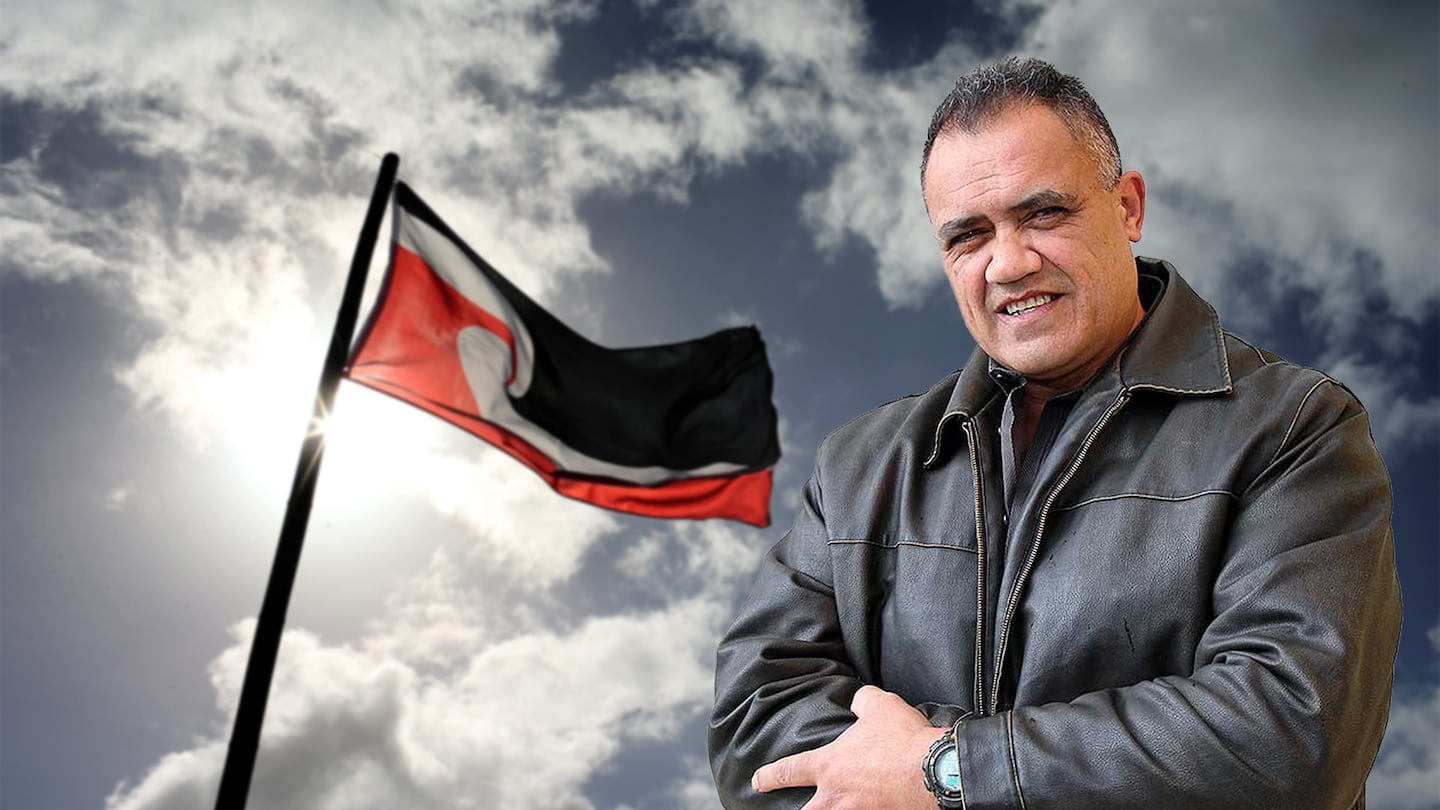Analysis: Helen Clarke’s Labour government Local Electoral Act (2001) enabled regional (RC), district (DC) and city councils (CC) to establish Māori wards, contingent on a public referendum if 5% of voters so petitioned. The Jacinda Ardern-led Labour government abolished referendums in 2021, allowing councils to establish Māori wards by direct in-council vote; 45 did so.
Last year, the sometimes hard-to-tell-who-is-in-charge coalition government introduced a new double standard. In-council votes could either dispense with Māori wards without a public poll or vote to keep them subject to a referendum. The Kaipara District Council and Upper Hutt City Council ditched Māori wards; 42 others affirmed Māori wards and moved to referendums.
Shift towards Māori Wards
Last month’s local elections saw 24 Māori wards removed and 18 kept. The coalition government and Hobson’s Pledge celebrated the removals; Labour, the Greens, Te Pāti Māori, and tangata whenua and tangata tiriti supporters took the result as positive.
Opinions aside, key figures point to a future with many more Indigenous wards.
- A majority of 53.7% (542,104) voted to retain Māori wards, with 46.3% (467,926) opposed, excluding informal and blank votes.
- The results saw a large 27.5% swing toward Māori wards when compared with seven previous polls (2007 to 2018) rejecting Māori wards (73.8% to 26.2%).
- Authorities keeping Māori wards had majorities on average 3.7 times higher than those removing wards (6,488 to 1,775).
- Between 2007 and 2018, votes in six of the seven councils repudiating wards ranged between 69.0% and 83.1%. This year, none were above 63.2%, two vetoed wards by less than 1.0% (Northland RC and Horowhenua DC) and four by 2.2% or less (Waikato DC, Hastings DC, Ōtorohanga DC and Rangitīkei DC).
The swing favouring Māori wards played out across the country. In the 2018 Palmerston North CC referendum, 68.9% of voters opposed and just 31.1% supported Māori wards. This election, a 24.4% swing saw Māori wards retained, 55.5% to 44.5%.
A similar 29.6% swing in the Whakatāne DC referendum scythed the opposing vote from 69.1% in 2007 to 39.5% this year, whilst support doubled from 30.9% to 60.5%.
Councils voting down Māori wards for a second time also saw large swings toward Māori wards. A 27.5% swing in the New Plymouth DC saw the contra-vote fall from 83.0% in 2018 to 55.5%. The negation in the Western Bay of Plenty DC tumbled 19.1% from 78.2% in 2018 to 59.1%.
A reasonable conclusion is that New Plymouth, the Western Bay of Plenty, and the six councils with close results above will have Māori wards within the next decade.
Cultural Demographics
In councils dismantling wards, Pākehā-Europeans outnumbered Māori on average 3.4-to-1 (80.4% to 23.8%); in those retaining Māori wards, the ratio was a narrower 2.2-to-1 (71.6% to 29.0%).
It is no coincidence that 12 of the councils that removed Māori wards lie on land confiscated from Māori in the Waikato, Bay of Plenty, Hawke’s Bay, and Taranaki. Seven others, in the Manawatū, Rangitīkei and Hawkes Bay, sit on large dubious takings of whenua Māori. This intimates a Pākehā sense of trepidation about loss of place, privilege, pre-eminence over Māori and fear of empowering Māori lest Māori do to them what they did to Māori.
Pākehā-European Majoritarianism
National MPs Simeon Brown and Simon Watts, and David Seymour and Winston Peters have repeatedly stated that compulsory referendums are about ‘local communities having their say.’ Really, it is about Pākehā-European counter-democratic majoritarianism blocking Māori representation. Approximately 1.67 million Pākehā-European voters aged over 50 years, comprising 46.4% of all voters and with the highest voting turnout, dominate general and local elections.
Most were born between the 1930s and 1970s. Their parents and grandparents were part of a massive British emigration to New Zealand from 1880 onwards. Upon arrival, they saw a destitute Māori population worn down by disease, war, and crippling land loss, which reinforced pre-existing Eurocentric beliefs judging Māori as indolent and backward.
This was a time when Prime Minister William Massey’s vision was for a ‘White New Zealand,’ and companies would not hire Māori in public-facing roles or not hire them period.
Local bodies were often racist. The 1990s Rangahaua research series shows local authorities took great swathes of Māori land for roads and other public works in preference to European-owned land without remuneration.
Other research shows a northern council once changed the site of a proposed library because of the ‘risk of pests like dogs and Maoris.’ The Tauranga CC had separate public toilets for Europeans and Māori. Council and government funded the European toilet; Māori were told to fund their own. Pukekohe had separate seating for Māori in cinemas, banned landlords from renting to Māori and made ‘dirty’ Māori children swim after Pākehā children.
Cumulatively, this instilled resistance against voting for Māori.
Standing as General Candidates
David Seymour says that if Māori want council representation, they should stand alongside other candidates. That boorish assumption overlooks the obstruction of Pākehā majoritarianism. In 2006, Māori were 14.6% of the population but just 8% of councillors while European New Zealanders at 67.3% of the population were 90% of councillors.
Prejudice persists. A Māori Language Commission report indicates this demographic stays the least supportive of te reo Māori. Hobson’s Pledge, whose support lies with older Pākehā, disapprove of co-governance, Three Waters, the name Aotearoa, affirmative action in education, Māori foreshore and water rights, anything they perceive as too Māori.
The Future
Twenty-five years ago, there were no Māori wards. There are now 29 local bodies with formal provisions encompassing Māori representation.
This includes the 18 wards confirmed last month, the Bay of Plenty RC (2001) established under legislation, the Waikato RC (2013) created by vote in council no referendum called, and the Wairoa DC (2016) and Ōpōtiki DC (2022) by referendums. Tauranga CC, under administration since 2020, keeps its ward subject to an in-council vote and depending on the result a binding poll before the mid-2028.
Other mechanisms are a mix of iwi and mātāwaka urban advisors on the Auckland Independent Statutory Board (2010), Ngai Tahu representatives on Environment Canterbury (2021), and mana whenua arrangements stemming from the Ngāi Tahu Settlement Act (1996) in the West Coast RC, and Buller, Grey, Westland Buller DCs.
With a rising Māori population there will be 40 to 50 Māori wards by 2050 except in low-Māori demographic areas or where mana whenua arrangements better suffice and do not subordinate mātāwaka majorities.
By then, a future super-diverse Aotearoa will see a Māori, Pasifika, Indian, Chinese, South-East Asian, African, Middle Eastern and Latin American voting majority. We may even need to consider special Pākehā wards recognising their contribution to Aotearoa such as the ‘financially sorted’ Pākehā-European elite that stole all the land. Of course, subject to mandatory ‘community’ referendums.
Dr Rawiri Taonui (Te Hikutū and Ngāti Korokoro, Te Kapotai and Ngāti Paeahi, Ngāti Rora, Ngāti Whēru, Ngāti Te Taonui) is a retired Professor of Indigenous Studies and is an independent writer, researcher and advisor on Maori and Indigenous human rights and racism.



